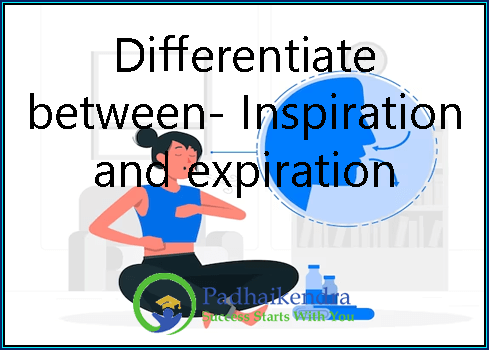Inspiration and expiration are two phases of the breathing process that occur during respiration.
Inspiration, also known as inhalation, is the process of drawing air into the lungs. During inspiration, the diaphragm and external intercostal muscles contract, causing the chest cavity to expand and the lungs to fill with air. The expansion of the chest cavity also causes a decrease in pressure within the lungs, which creates a pressure gradient that allows air to flow in through the airways and into the alveoli. The process of inspiration is an active process that requires the contraction of muscles to create the necessary pressure changes.
Expiration, also known as exhalation, is the process of expelling air from the lungs. During expiration, the diaphragm and external intercostal muscles relax, causing the chest cavity to return to its resting size and the lungs to recoil. This compression of the lungs increases the pressure within the lungs, which creates a pressure gradient that forces air out of the alveoli and through the airways to the outside of the body. The process of expiration can be either a passive or an active process, depending on the demands of the body.
In summary, inspiration is the active process of drawing air into the lungs, while expiration is the passive or active process of expelling air from the lungs. Together, these two processes make up the complete breathing cycle of respiration.





